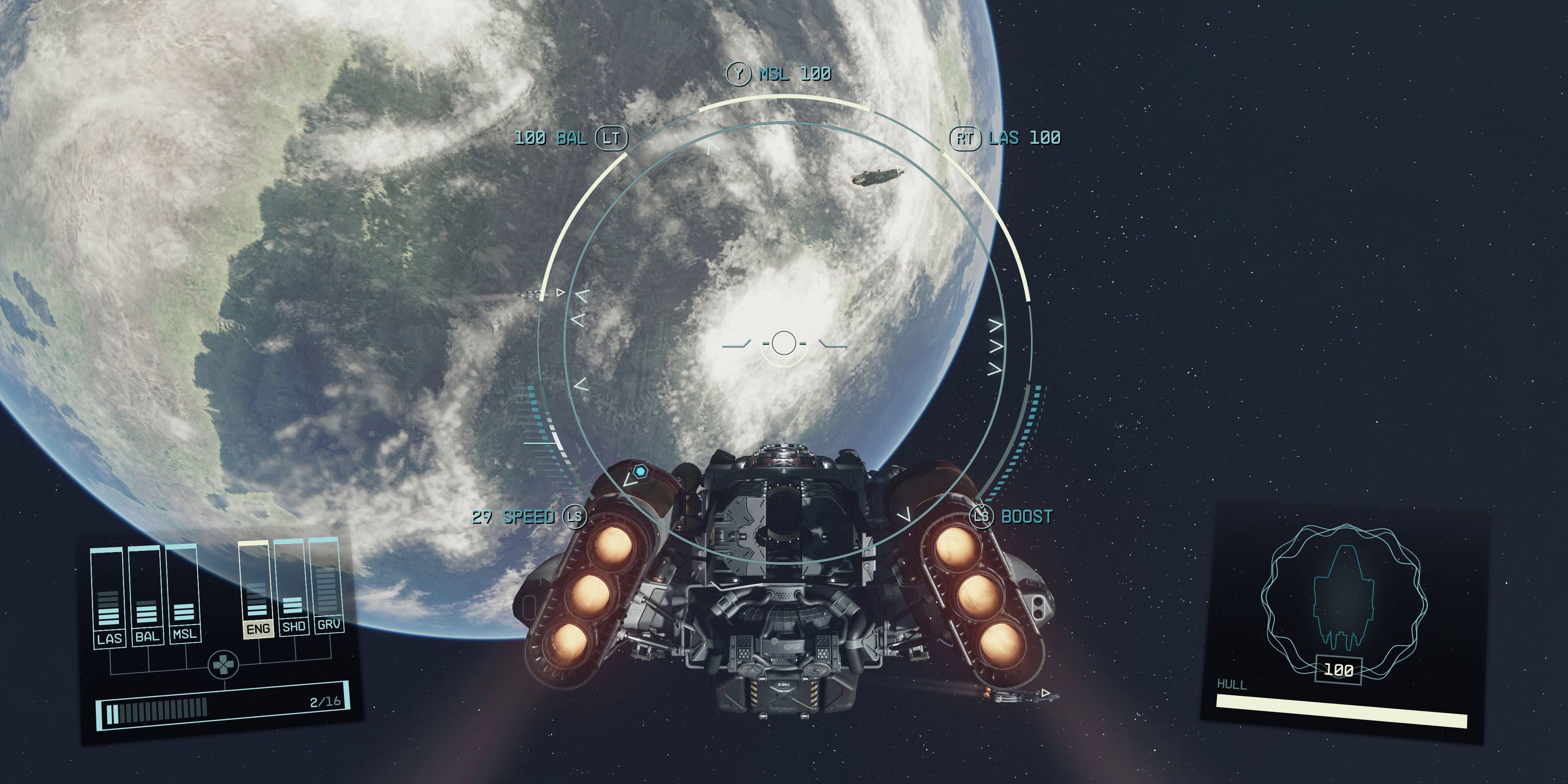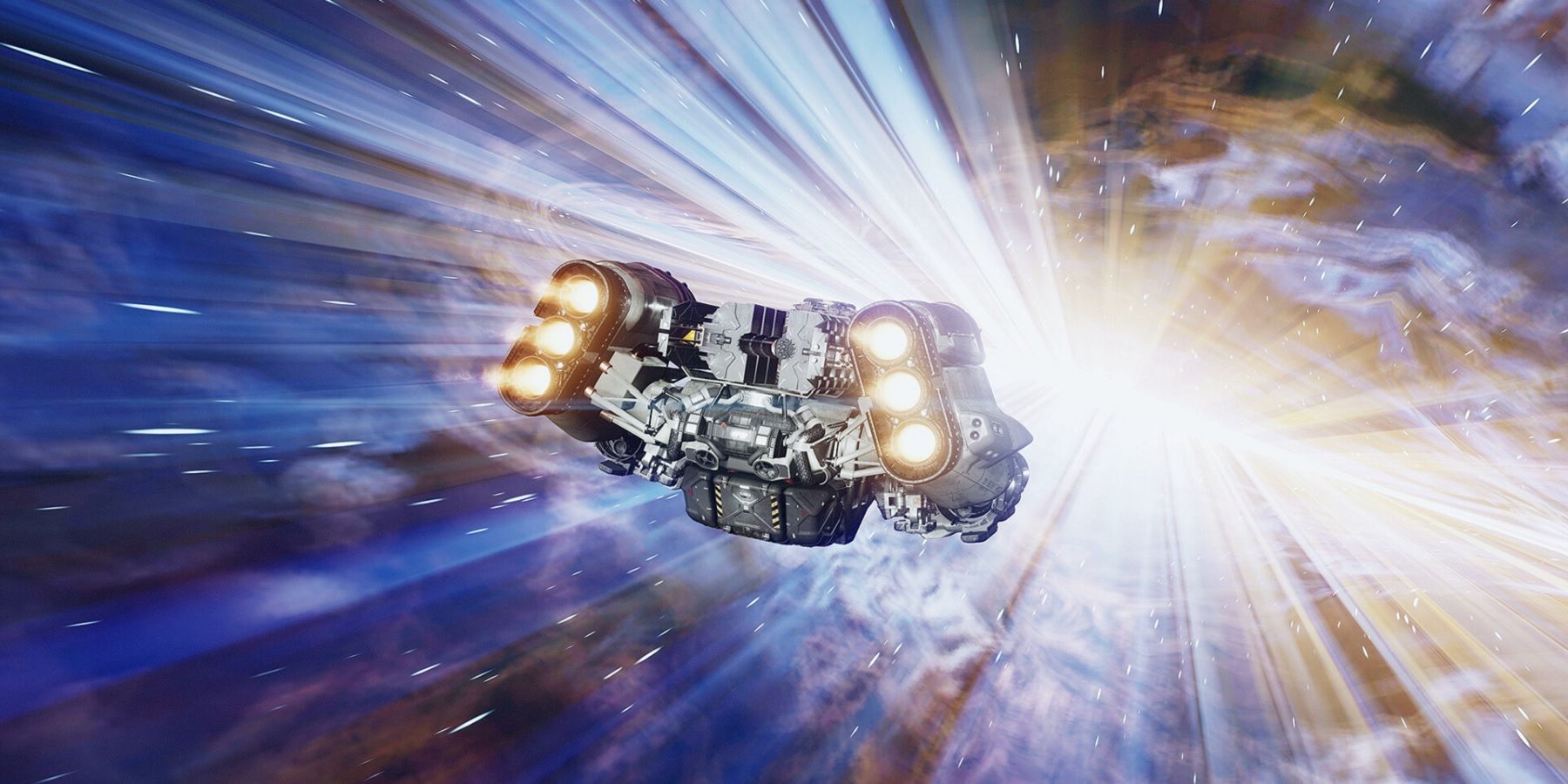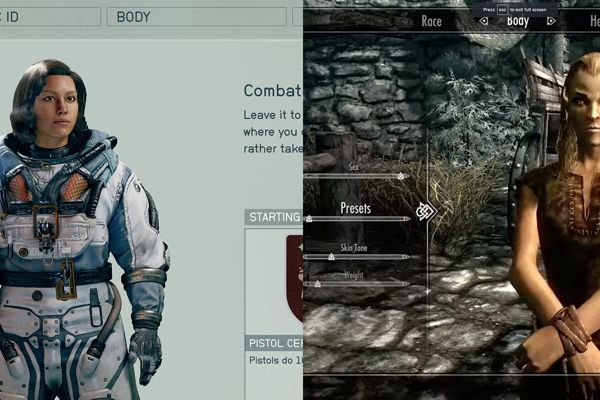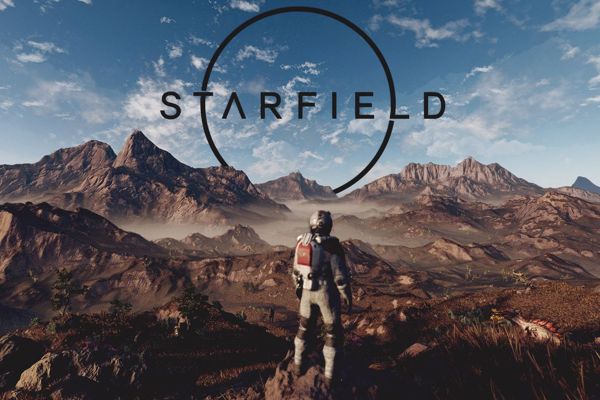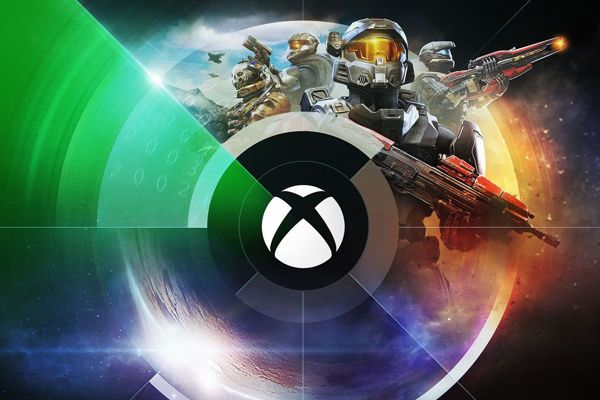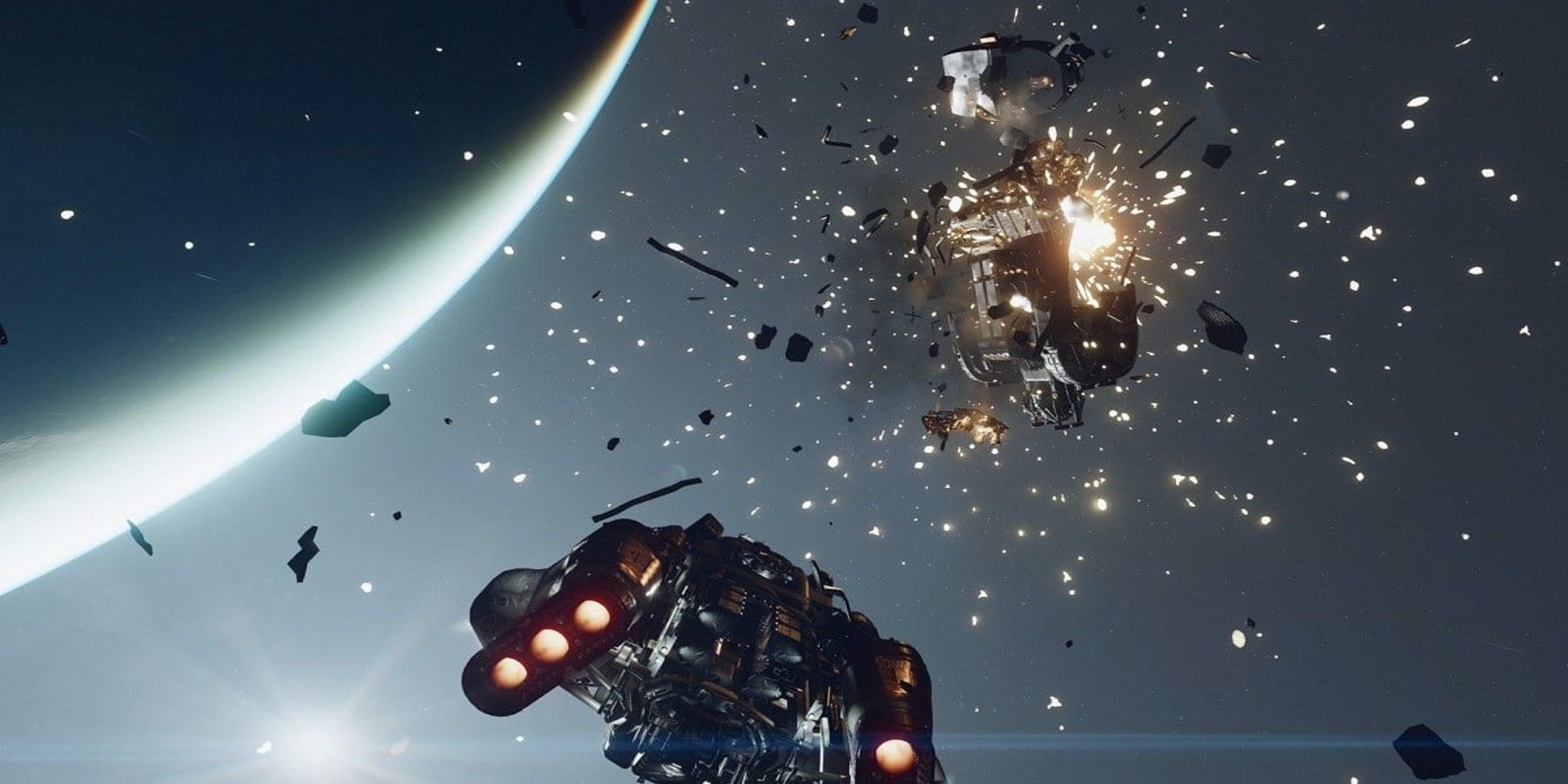
Highlights
Starfield's early launch has lived up to the hype as another big release of 2023, offering complex interwoven systems that demand players' attention and care.
Starfield introduces spaceships into its gameplay, bringing a refreshing strategic aspect to dogfights by incorporating the ship power management mechanic from FTL: Faster Than Light. By combining the action-adventure RPG genre with strategic elements, Starfield grants players the chance to meticulously strategize ship combat encounters, elevating the game to a whole new level.
Starfield's early launch on Thursday for Premium Edition adopters proved to be a highly anticipated and successful release of 2023. However, one aspect that may not have been clear beforehand is that the game offers a complex and intricate gameplay experience, particularly in regards to its inclusion of spaceships. These spaceships have their own unique in-flight mechanic, inspired by Subset Games' popular FTL: Faster Than Light. FTL revolutionized the RTS spaceship-management sim genre and gained widespread popularity due to its addictive roguelike spin. Similarly, Starfield requires players to efficiently manage their spaceship and crew, assigning the right individuals to specific tasks. One of the key mechanics from FTL that Starfield borrows is the need to balance the ship's limited power supply. This mechanic is streamlined in Starfield, adding an additional layer of strategy to intense dogfights in the vast expanse of space.
How Ship Power Management Works in FTL Compared to Starfield
Ship power management in FTL is more complex than in Starfield. Each ship in FTL comes with various subsystems that require power from the reactor. Baseline subsystems include piloting, engines, oxygen, and weapons, but players can add more as they progress. Managing power allocation becomes crucial for survival.
In Starfield, the power management system is simplified. All ships have the same six areas to allocate power. The starting ship has three weapons, an engine, shields, and a gravity drive. Power allocation is determined by the ship's reactor. Players can strategically balance defense and offense by adjusting priorities on the fly, allowing them to engage in dogfights or escape challenging encounters.
Starfield's Addition of Strategic Layers to its Action-RPG Foundation Is a Win
Starfield, at its core, is an action-adventure RPG that shares similarities with other Bethesda titles, such as The Elder Scrolls and Fallout. However, it goes beyond being just another game in the developer's repertoire. Starfield combines various ideas from their extensive history to offer players a truly unique experience. The game incorporates classic mechanics like lockpicking and persuasion, but enhances them to add strategic elements that deepen player engagement and immersion. This level of depth extends to ship customization, flight, and combat as well.
Unlike other games that may treat ship combat as a throwaway feature, Starfield embraces its identity as an RPG, allowing players to meticulously plan each encounter. From the very beginning, players find themselves at the helm of their newly acquired ship, swiftly having to grasp all the systems and mechanics in play. Luckily, Starfield strikes a balance between the accessibility and enjoyment of a space combat game, while also incorporating the strategy and planning found in RPGs or RTS games like FTL. As a result, players get to experience the best of both worlds.
Starfield is available now in early access launch for PC and Xbox Series X/S.
